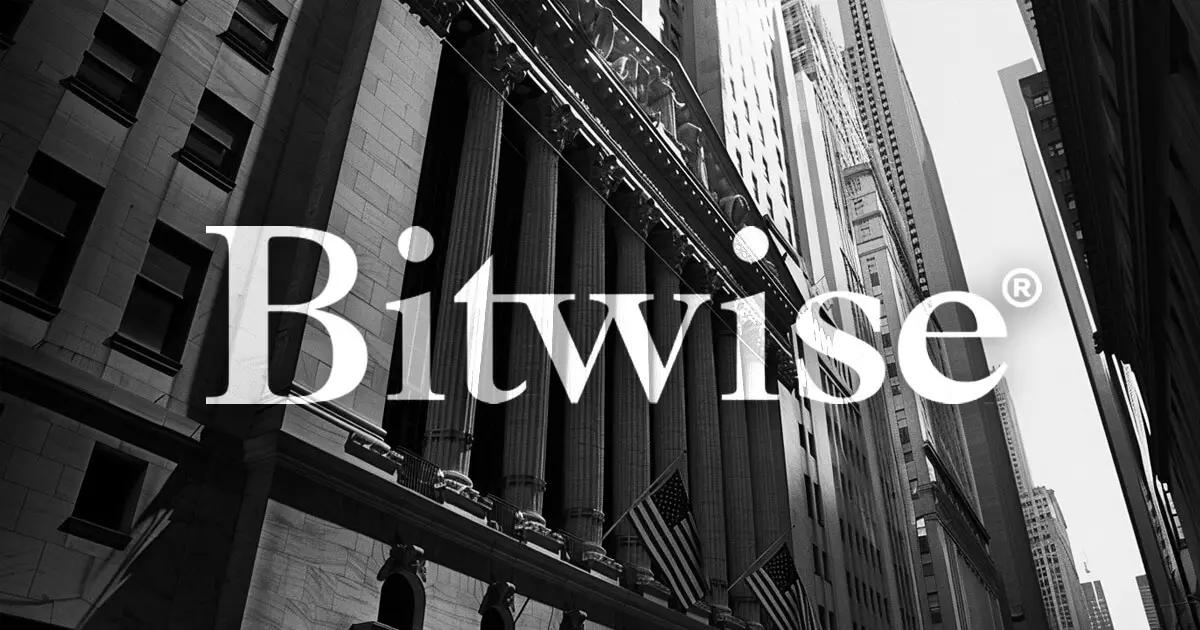As the digital asset market finds its footing in a rapidly evolving landscape, the upcoming summer could prove to be a make-or-break period. Center-right investors like myself are understandably concerned about how the political machinations in Washington are shaping this nascent industry. Bitwise CIO Matt Hougan has brought to light the fragility of the current market momentum. His insights draw attention to an unsettling reality: without decisive legislative action from Congress, the potential for a significant setback looms ominously overhead. Political gridlock is not just an inconvenience; it poses a genuine threat to investor confidence and overall market stability.
The momentum from the Trump administration’s early days in office laid a promising foundation, yet it appears precarious. While executive decisions can initiate progress, they lack the permanence provided by Congressional bipartisan support. It’s a precarious situation that feels like balancing on a ledge—one slip of political indecisiveness could send Bitcoin and other digital assets tumbling back to pre-pandemic levels.
Opportunities for Reform: A Slippery Slope
The essence of crypto innovation resides in the ability to adapt and thrive amidst uncertainty. But as Hougan points out, the opportunities for transformative legal reforms are being threatened by legislative delay. His assertion that the reforms laid down in the first 100 days could be easily reversed by future administrations highlights a crucial fact: we are living in a politically charged environment where volatility is not just confined to market prices but extends deeply into the legislative realm.
With the focus on stablecoins and a structured digital assets market, Congress has a remarkable chance to enact lasting changes. We’re not merely talking about regulations; we’re discussing the blueprint for the future of finance. Without substantial legislation, the tailwinds of progress are at risk of becoming the headwinds of regression. In a competitive global environment, the ability to stake a claim to digital asset legitimacy hinges on legislative foresight and cooperation across party lines.
The Downfall of the Stablecoin GENIUS Act
The retrogression of the Stablecoin GENIUS Act serves as a stark illustration of how close we are to the brink of failure. A bill that once seemed to enjoy bipartisan support now faces a grim fate, as nine Democratic senators have withdrawn their backing due to concerns regarding national security and anti-money laundering. This illustrates not only a failure in legislative unity but an inherent fear among lawmakers of the implications these digital assets could have on existing financial systems.
Had this legislation passed, it would have created a solid architecture for stablecoins, providing necessary safeguards and consumer protections. Not only would this have reinforced confidence in digital currencies, but it also held the potential to expand the role of the U.S. dollar in international transactions. To lose this opportunity is shortsighted; it pushes back the progress toward establishing a sound regulatory framework that builds trust where skepticism currently reigns.
Metrics for Success Amidst Uncertainty
Despite the bleak landscape of legislative inaction, Hougan’s optimism shines through, fueled by the belief that a single legislative act can be the catalyst for a renaissance in the crypto sector. The potential for Bitcoin to eclipse $200,000 is not a mere fantasy; rather, it represents a reality grounded in possibility if the right policies come into play. Those poised to seize the moment stand to benefit significantly, yet they must navigate the legislative waters with caution.
However, the enormous potential for growth is undercut by the fear of continued stagnation if Congress fails to act decisively. The irony is not lost on me—that the very individuals elected to facilitate progress may instead contribute indefinitely to a cycle of delay and discord.
While the summer of 2023 may hold the promise of prosperity, it equally embodies the risk of paralysis. It’s a paradox emblematic of the struggles faced by the digital asset market. In our ever-evolving financial ecosystem, a commitment to robust, supportive legislation could usher in a new era of economic possibility. The question remains: will those in power seize the opportunity, or will political dysfunction continue to impede innovation?


















